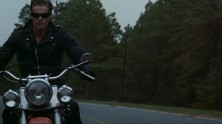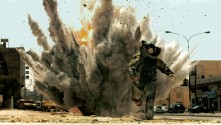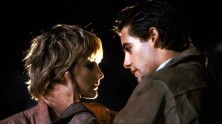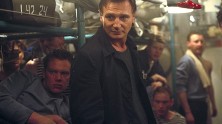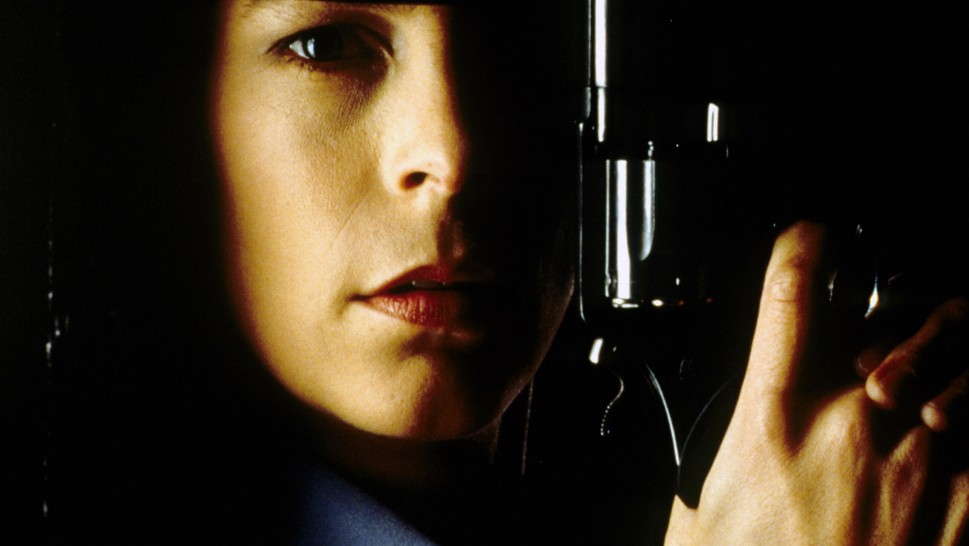

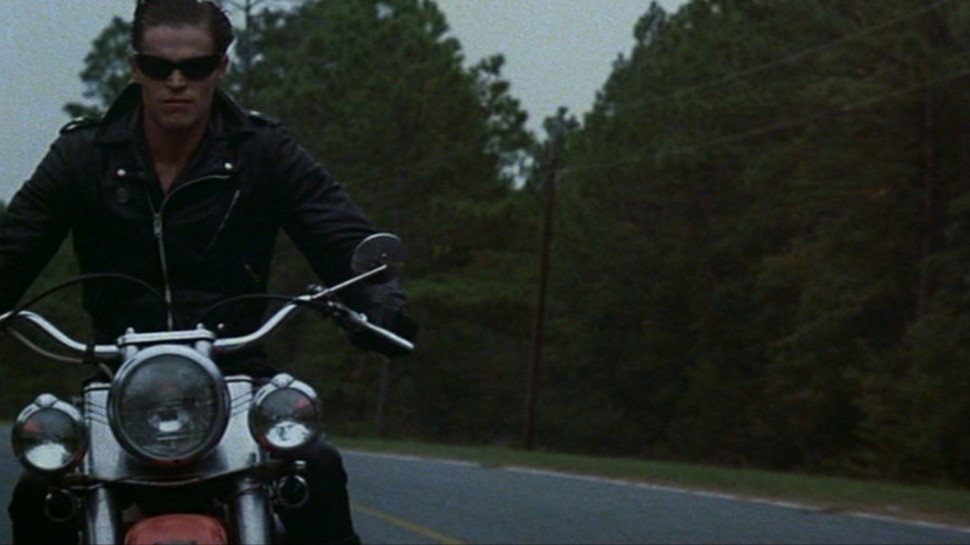
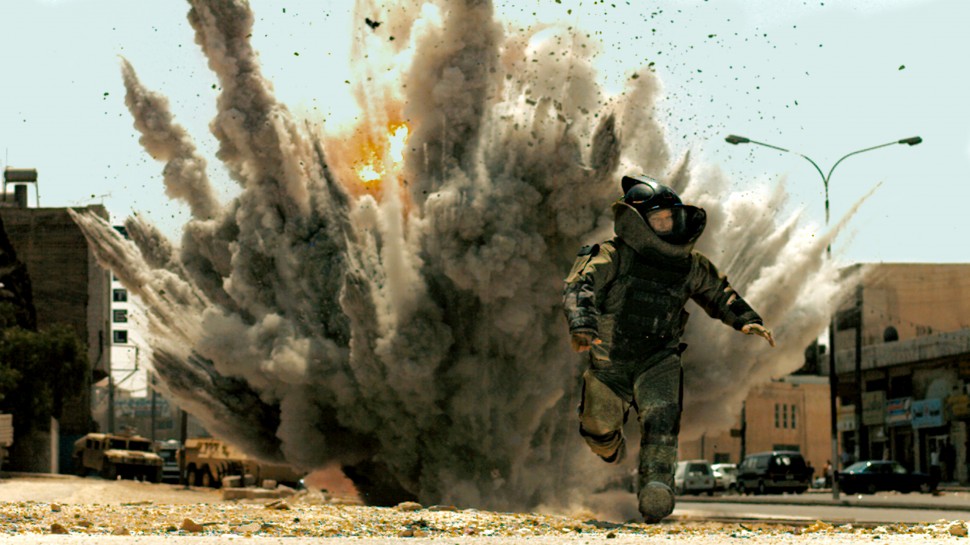
Kathryn Bigelow –
Filmmaking at the Dark Edge of Exhilaration
Kathryn Bigelow (b. 1951) is in the midst of a singular career. Trained in the Seventies art world, she has made a reputation for herself as a leading action film director whose work forms a fascinating bridge between the American genre film and the intellectual practices that inform conceptual art.
Bigelow studied painting at the San Francisco Art Institute in the mid-1970s before being accepted into the prestigious Whitney Studio Art Program. Extended collaborations with conceptual artists Vito Acconci, John Baldessari and Lawrence Weiner drew her towards the moving image and a more politicized mode of art practice. Attending film school at Columbia University and later teaching at CalArts, Bigelow immersed herself in the critical theory that heavily influenced her first feature film, The Loveless(1982), and continues to inform all of her subsequent work. Bigelow’s second film, Near Dark (1987), became something of a cult hit, pushing her towards the bigger budgets and star casting of such major studio pictures as Point Break (1991) and Strange Days (1995). In recent films, K-19: The Widowmaker (2002) and The Weight of Water (2000), spectacle has receded in favor of a greater and more nuanced emphasis on character. Bigelow's latest film, The Hurt Locker (2008), is perhaps her most perfect synthesis between action and character.
Bigelow’s earliest works are often radical experiments with genres—combinatory, subtractive, subversive, offering a tool for crafting a mode of vital self-reflexive cinema in which the spectator becomes a thrill junkie, like the restless characters in Bigelow’s films. Ultimately, however, the raw exhilaration experienced by Bigelow’s characters must end so they can come to terms with reality and the laws—be they legal or gravitational—that anchor them to society. The later films show an interest in group dynamics as a form of politics or, perhaps, as an ideal of social living contained but not determined by politics. The turning point between these two parts of Bigelow’s career is Strange Days, whose protagonist attempts to wean himself off his addiction to spectacle in order to face the violence of his urban surroundings.
This is the double bind Bigelow investigates: while thrill is ultimately an alienating form of individualism, the “real world” tends to be a trap, whether confining or merely banal. While Bigelow’s films reveal genre cinema’s promise of glossy escapism to be a dead end, they also pointedly argue that re-engagement with community is tantamount to conformity. One possible escape is offered to Bigelow’s protagonists by seeking out those extreme situations on the bohemian, criminal and physically fraught margins of society, where the rules can be broken and the self fleetingly transcended.
